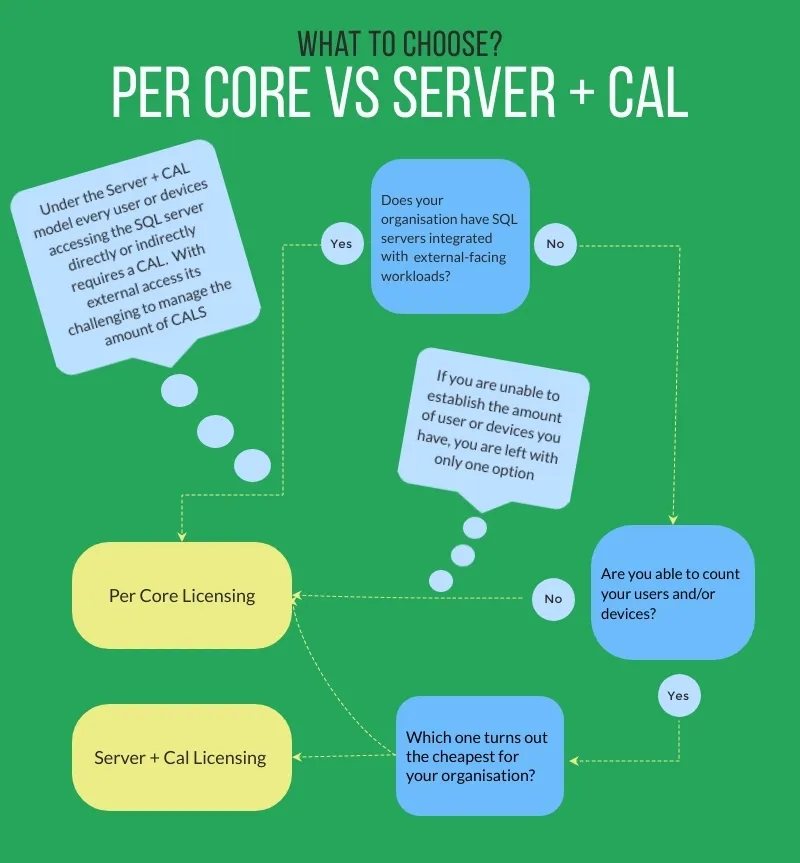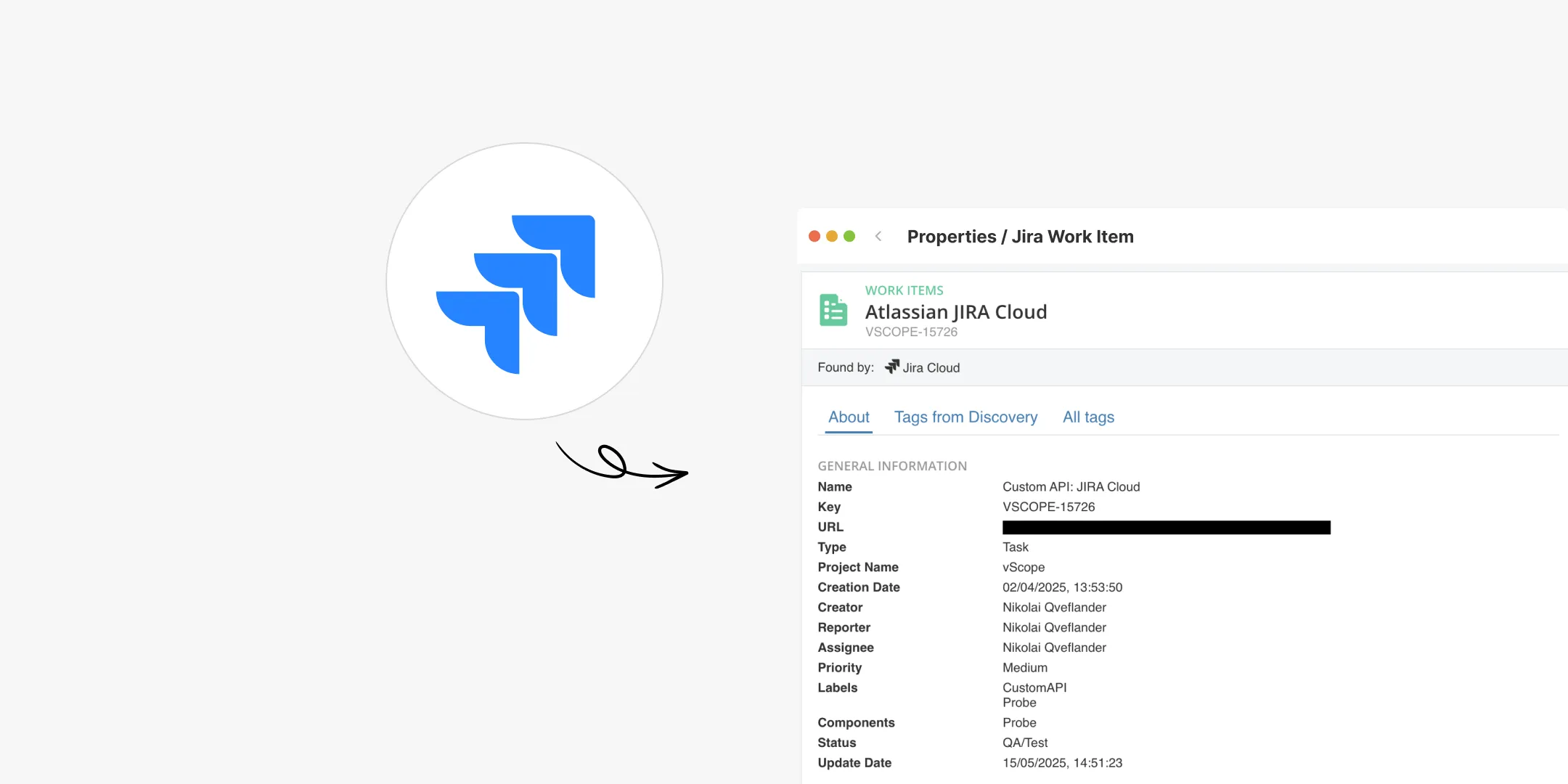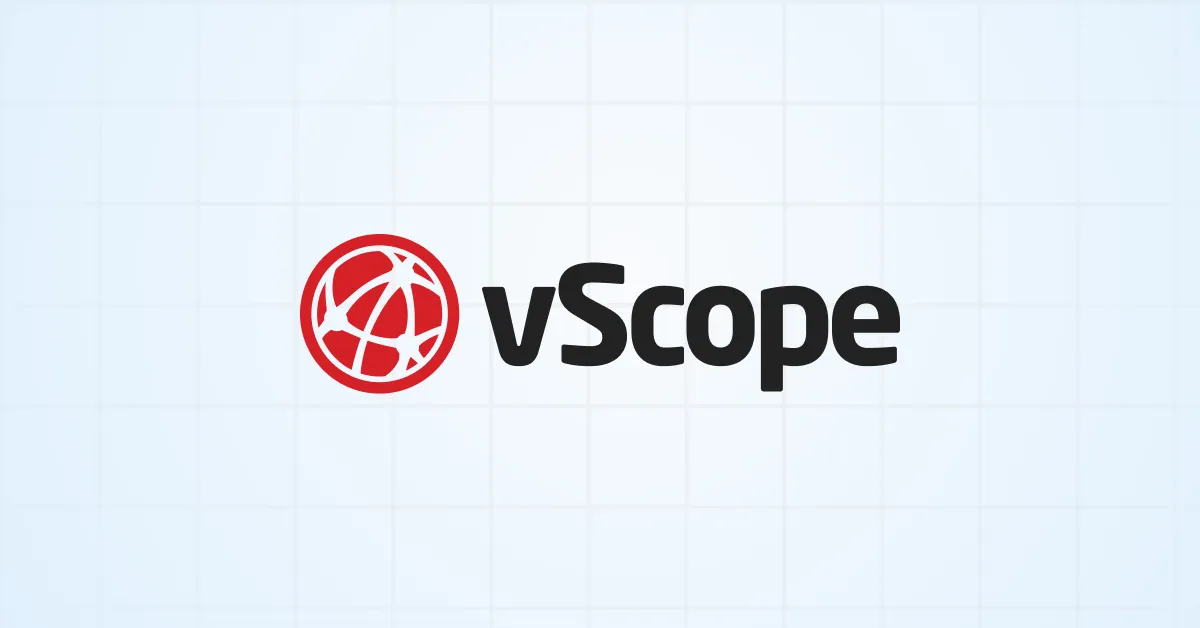
Microsoft SQL Licensing - The Basics
Making sure that your Microsoft SQL servers are properly licensed can be a major headache for most companies and operation managers. This guide will give you a brief overview of the different options available in regards to Microsoft SQL licensing for servers before you approach a Microsoft partner. Let's start off by getting acquainted with the two licensing models that Microsoft offers.
Choosing a SQL licensing model: Per Core or Server + CAL?
Deciding on a licensing model can be a difficult task as both options have their own set of benefits. Core-based licensing is usually the only choice when SQL servers are being accessed externally (outside the company network). That’s because the Server + CAL model would require your organization to purchase a user/device CAL for every external user/device accessing the SQL server. This is essentially an almost impossible task to keep track of.
Moreover, core-based licensing is usually better for large companies as it is easier to manage. Imagine a large global organization with users and devices across the world. They might have a hard time tracking the number of CALs needed for their SQL servers. Plus, keep in mind that the number of employees and SQL servers usually don’t grow in a linear fashion. Therefore core-based licensing is generally cheaper for large organizations.
In comparison, the Server + CAL model might feel a bit complex, but it’s easy to manage for smaller organizations. Furthermore, Server + CAL licensing usally ends up being substantially cheaper for smaller organizations.
That’s a lot to keep in mind when taking a decision, but don’t worry, I’ve got just what you need! Just follow the decision tree below and see where you end up, simple as that!

Note that there are exceptions and that complex licensing scenarios may arise. For more detailed information about the licensing models, read more over at Microsoft’s SQL Server Licensing Guide (2017) or contact an official Microsoft partner.
But here’s the best part:
The power of vScope and the bundled content can make licensing tasks easier than ever before! For those with the core-based model, figuring out the number of cores that are running MS SQL software can be a hard task, especially for newcomers! But with an automatic inventorying tool, such as vScope, that’s not something you need to worry about.
With vScope you just need to open up the “MS SQL Core Documentation for Machines” report that’s included in every vScope installation. Not only will it show you all the machines with MS SQL software, but you can instantly see their CPU cores. You can find reports in vScope by either searching the Omnisearch or in your vScope Library.
Related blog posts
All posts
How to rightsize databases with vScope
Rightsizing your IT environment is a powerful way to optimize costs. Preparing for database resource migration offers a great chance to phase out unused elements and save on operational and licensing budgets. In this article, we will learn how to investigate database usage, identify unused resources, and significantly lower costs for both migration and future operations.

Full Control Over Users and Issues in Jira with vScope
We're excited to announce the initial integration with Atlassian Jira, the leading platform for project and issue tracking. This enhancement will provide you with an improved overview of users, activity, and issues directly within vScope, simplifying the process of tracking license utilization, identifying opportunities for cost efficiency, and connecting issues to relevant services.

Securing Your Windows Data Center: Best Practices for IT Discovery Read Accounts
Gaining comprehensive visibility into your IT environment is crucial for accurate asset inventory, documentation, and effective security audits. However, granting overly broad access and permissions for user accounts can introduce significant security vulnerabilities, making the careful management of user account access a critical concern.